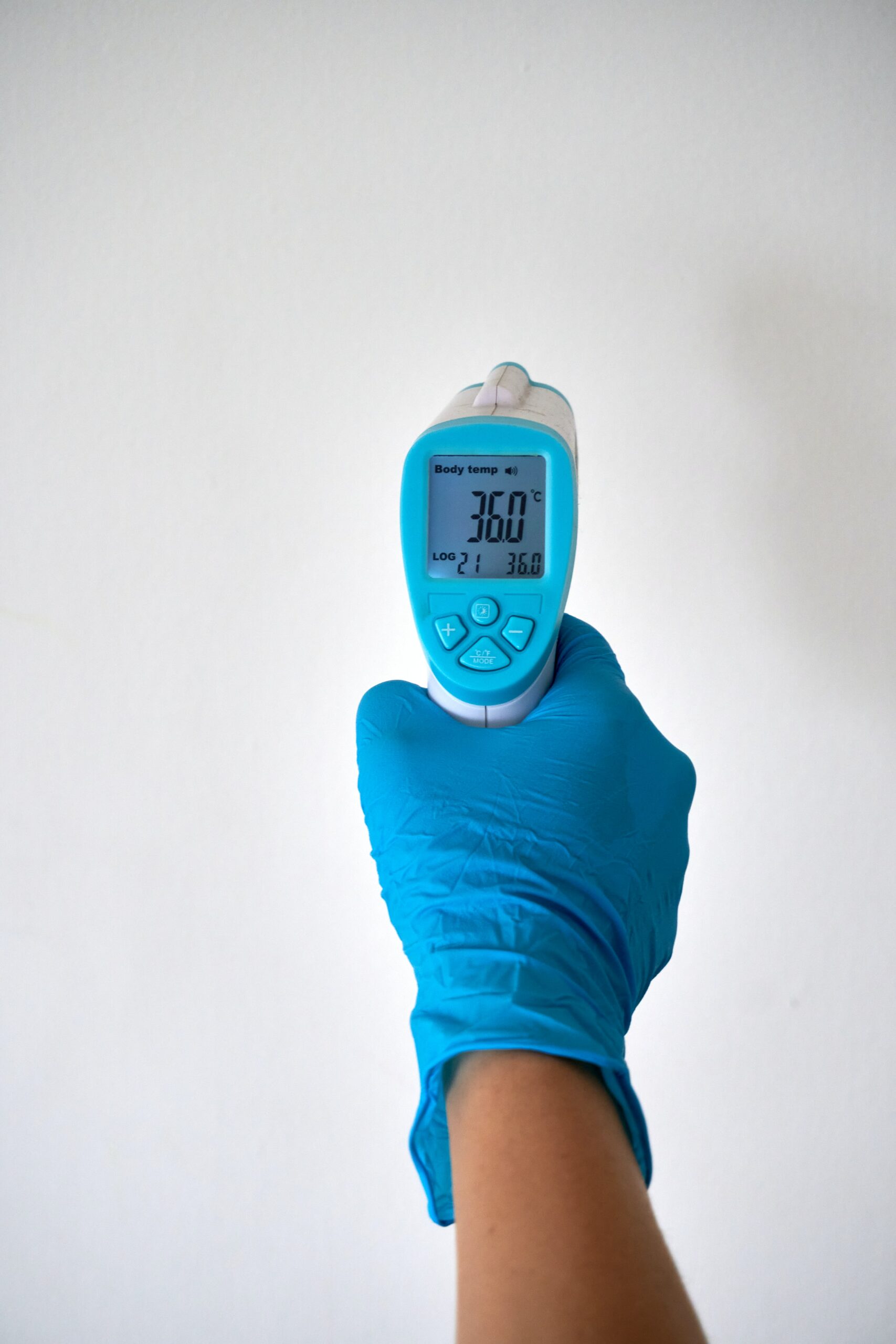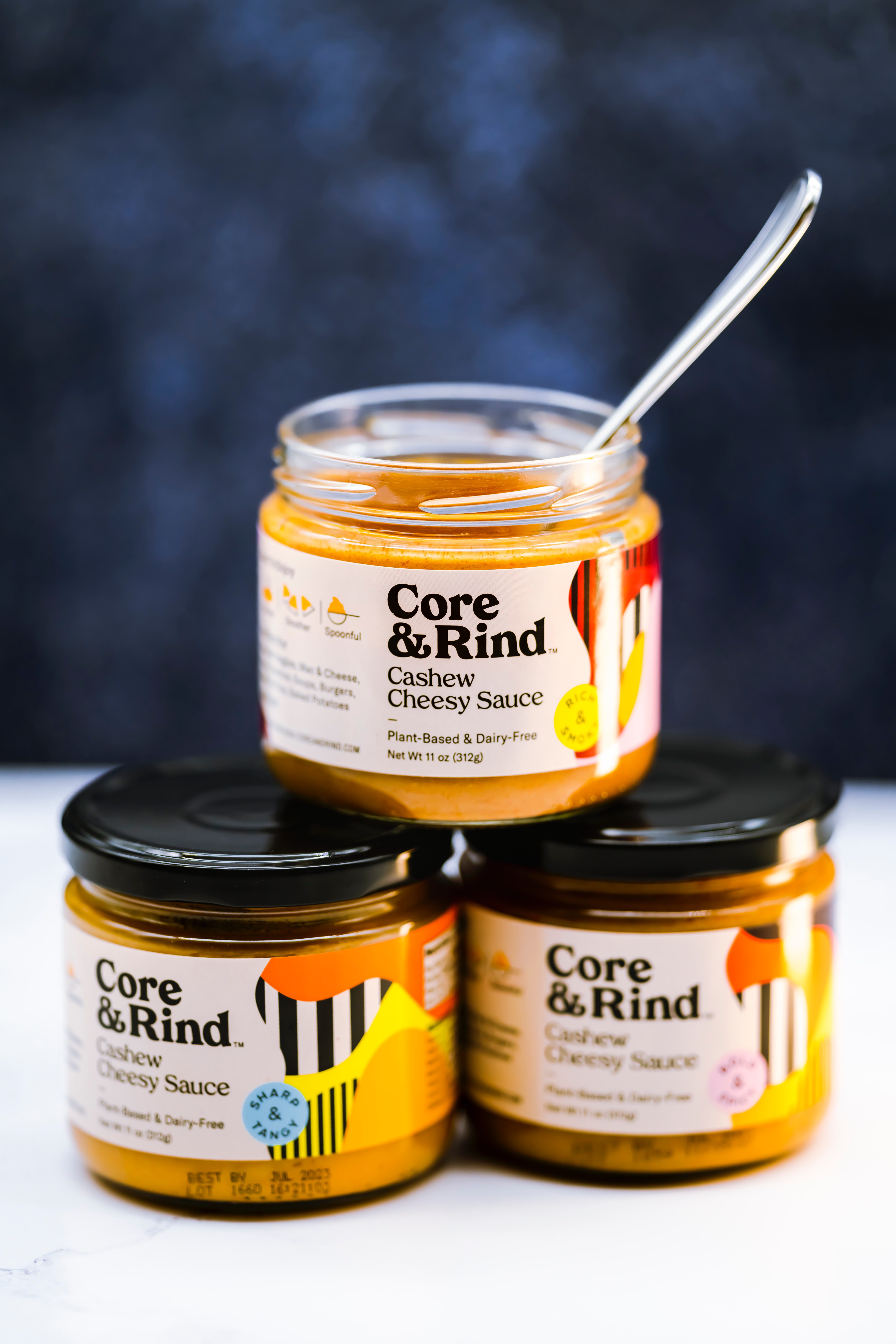The following ideas were found by Catalyst – a tool that suggests solutions to technical problems by mining patent data.
(The answers were generated automatically, so please ignore any grammatical errors. It’s also possible some answers may not make complete sense.)
- One way to do video conferencing over a slow connection is to compress the video stream. This can be done by performing an edge detection procedure on the unprocessed video stream. (found in this patent)
- One way to do video conferencing over a slow connection is to use a peer-to-peer connection instead of a server connection. This will conserve the bandwidth of the servers. (patent)
- One way to do video conferencing over a slow connection is to process the original video signal according to the output status of the receiver. (patent)
- One way to do video conferencing over a slow connection is to have a central distributor that receives video images from two or more participants and generates composite images that the central distributor transmits back to the participants. This architecture has the advantage of saving network bandwidth. (patent)
- The apparatus and method provided allow users of a device for video conferencing operating in a very low bandwidth environment to touch or gesture to an object or region of the image that they would like to see with improved quality. The feedback is then sent to the transmitting end where the selected region is encoded with higher quality parameters while other regions are pre-processed and encoded with fewer bits. (patent)
- One example method for video conferencing over a slow connection includes the steps of receiving a video including a sequence of images, identifying at least one object of interest (e.g., a face) in one or more of the images, detecting feature reference points of the at least one object of interest, and tracking the at least one object of interest in the video. The tracking may comprise aligning a virtual face mesh to the at least one object of interest in one or more of the images. Further, a background is identified in the images by separating the at least one object of interest from each image based on the virtual face mesh. The background is then modified in each of the images by blurring, changing a resolution, colors, or other parameters. (patent)
P.S. Cover Photo by Nick Abrams on Unsplash


